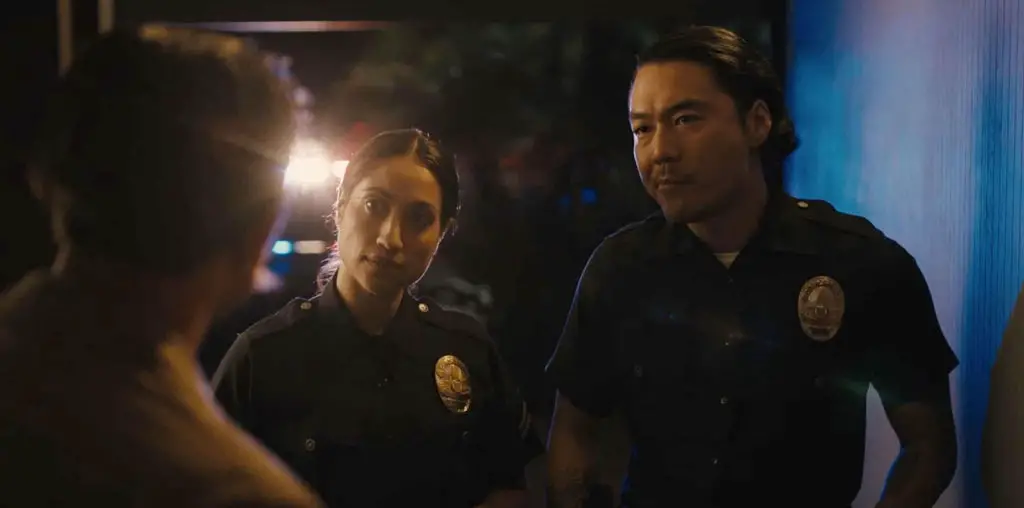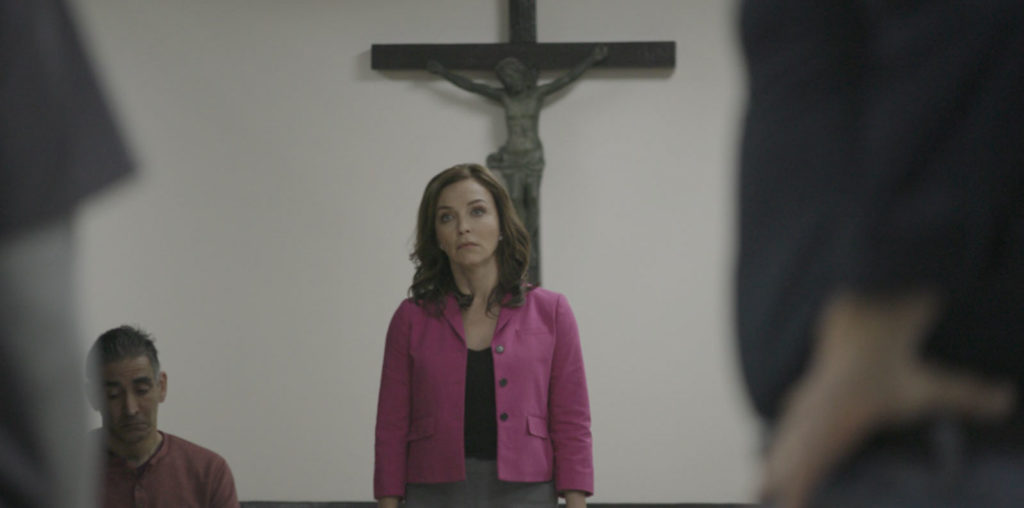
Adam Nemett’s film “The Instrument” is supposed to be a conduit for creative improvisation, a test of building something without too much premeditation. He and his cast and crew may have enjoyed the production process and felt tremendously rejuvenated, but Nemett would be hard pressed to think we will react the same way. Made with help from the Maryland Institute College of Art and Princeton University, “The Instrument” centers around seven art students and their experience living and making music together.
Pallo Zo (Hilton Carter) is a film student who interviews Arthur Zarek (Richard Kalter) for a class assignment. Arthur is a custodian at the art school where Pallo is enrolled. When Zarek passes away, his memorial service is held at the school. Pallo and a group of students attend and listen to Zarek’s last will and testament. Pallo films the reading; the students learn that Zarek was more than a custodian. He was also an artist who spent a great deal of time transforming his workshop from a simple work space into an artistically altering experience waiting to be realized. Zarek bequeaths his workshop to the students at the memorial service. Each willing participant will live in the property for one month, can only leave the building for no more than sixty minutes at a time, and as a group will perform seven rituals designed by Zarek. Successful adherence to the rules and completion of rituals means millions of dollars awarded to each student. Pallo is to videotape the month-long retreat. Time passes, personalities clash, and “The Instrument” turns into MTV’s “The Real World” gone bad as opposed to seven art students living out someone’s lifework in order to ascertain some great truth about music. Progressing in a non-linear fashion with Zarek’s interview footage inter-cut with the loft sequences, Nemett’s film inspires a slew of questions before it’s a third of the way over.
For instance, what custodian has their memorial service conducted at the place of their employment? When do the students of an art college attend the memorial service of a custodian? Were “The Instrument” about a group of art students who befriend a reclusive custodian, then it would make sense, but it’s not that kind of film. Pallo gets to know Zarek, but the film isn’t about their friendship. Even if we pretend that “The Instrument” takes place in a world where custodians could have their memorial services held at the place of their employment and art students would be present, we would still have issues with the inconsistency regarding camera and perspectives. In the story world, Zo is filming the loft scenes. He only has one camcorder but it’s clear that Newett’s camera is also recording—it shoots Zo shooting. Why even bother with this technique (film within film) if there aren’t more concrete ways of distinguishing points-of-views when necessary and to make them seamless when appropriate? It may be a conscience attempt to force us to keep track of which lens is capturing the image, but it only makes us wonder how many cameras were actually there filming.
The characters gain something from partaking in Zarek’s vision of musical Influx, Outflowing, Consonance, Dissonance, Improvisation, Silence, and Harmony, but what about the viewer? What do we get out of 100 minutes of what could be a collaboration between preposterously pretentious, pedantic music theorists, dancers, meditation advocates, and philosophers? Nothing. Joyce Carol Oates was the screenplay advisor—she must have seen a promising story in there somewhere. We can only imagine what it could be and why we should care.


